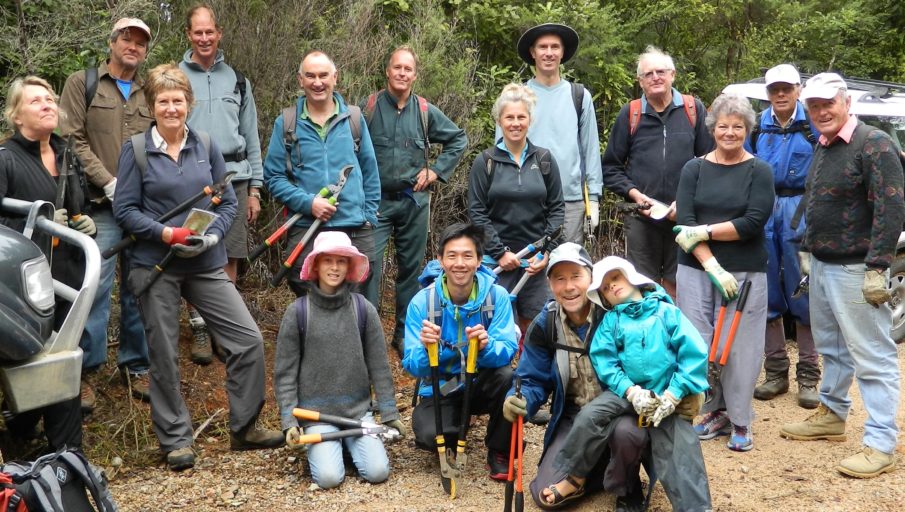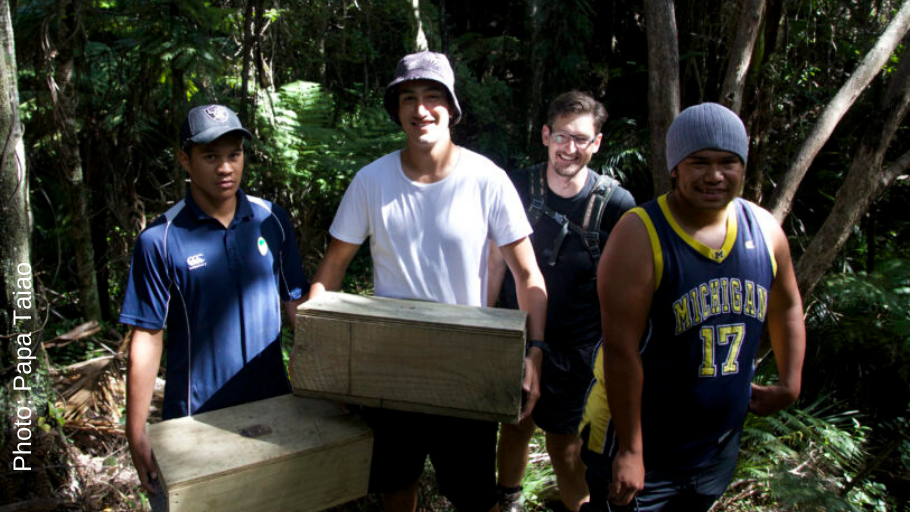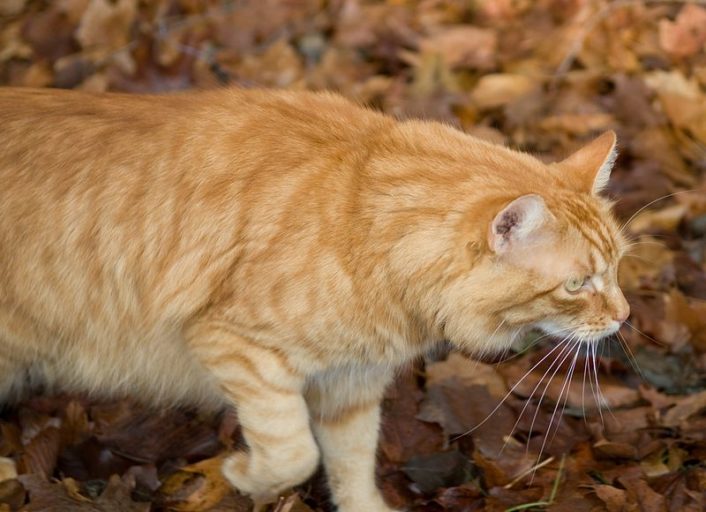The results of the latest Public Perceptions of New Zealand’s Environment have just been released and, as with the previous survey in 2016, the research includes a section produced in collaboration with Predator Free New Zealand Trust and the BioHeritage Challenge, Ngā Koiora Tuku Iko, investigating public perceptions and opinions relating to predator control.

“The ninth survey (the series having begun in 2000) of people’s perceptions of the state of the New Zealand environment was undertaken over March–April 2019. The survey is based on the Pressure-State-Response (PSR) model of environmental reporting and remains the only long-running survey of this type in the world. For the third time this survey was undertaken only using electronic media.”
The researchers report a vastly increased proportion of younger (30 years and less) respondents participating in the latest survey.
“These relatively more positive, on average, respondents have led to significant differences from some key findings reported in 2016 —overall the perceptions are more positive albeit they remain overall negative about many aspects of Aotearoa-New Zealand’s natural environment. Notably for New Zealand climate change increased hugely as an issue in the 2019 survey.”
So what did last year’s respondents think about predator control?
“In collaboration with Predator Free New Zealand Trust (PFNZ), we investigated the community’s control efforts for PFNZ’s ‘Big Four’ predator species; rats, possums, stoats and ferrets. Respondents stated that rats were the most common of these pests, with one third of respondents reporting rats at their residence.”
Prevalence of all four species increased slightly since the 2016 Public Perceptions survey and, not surprisingly, so had predator control at people’s homes.
“Nearly everyone who thought rats, stoats or ferrets were at their residence undertook control for those species. However, that was not the case for possums. While 17% reported the presence of possums at their residence, only 9% controlled possums there.”
Volunteer work involving predator control is also on the rise.
“Unpaid ‘Big Four’ control effort increased notably since 2016. Percentage increases in numbers of respondents involved in unpaid control work were:
• rats 23%
• possums 20%
• stoats 56%
• ferrets 76%
“The large percentage increases for stoats and ferrets are from very small bases, so total involvement remains very low.”
People’s reasons for controlling predators varied, with the nuisance value of having rats at their residence, a strong motivation for setting up traps and bait stations.
“For rats, the strongest motivation (23%) was nuisance, although environmental (15%) and human disease (14%) motivations were also prominent and increased since 2016. Possums were controlled less frequently, with both environmental and nuisance motivations about equally prominent, albeit with a small increase in environmental motivation since 2016.”

The researchers also noted a marked percentage increase in all motivations for controlling stoats and ferrets, although there was very low participation in these activities.
“The most prominent motivators of control for stoats and ferrets were environmental and nuisance.”
Trapping predators is definitely on the rise, the researchers report.
“The methods citizens used to control the Big Four Predator species varied. Trapping was the most common method for controlling possums, stoats and ferrets, with shooting a strong secondary approach for possums. Rats were somewhat different, with similar numbers of households controlling rats using ground-based poison and trapping.”
“There has been a notable increase since 2016 in the number of households involved in trapping the ‘Big Four’ predator species, except for possums. The increase in rat trapping participation is particularly notable and appears to have come about at least partly because of a decrease in poisoning.”
Survey respondents were strongly in support of maintaining or increasing citizen and agency effort to control rats, possums, stoats and ferrets with a decrease in frequency of ‘Don’t know’ responses for citizen effort has almost completely shifted into ‘It’s about right now’.
Public opinions on predator control were also surveyed.

“Predator Free New Zealand Trust (PFNZ) and the BioHeritage Challenge, Ngā Koiora Tuku Iko developed a set of questions designed to evaluate New Zealanders’ opinions about pest control organised by statements supportive or unsupportive of pest control respectively. Respondents agree that pests are a significant threat to native species and are in agreement with activities that protect native species by killing pests.”
Opinions were more divided, however, when it came to the threats posed by domestic cats. About three quarters of respondents agreed that domestic cats are a significant threat.
“Respondents largely agreed that government funded science can be trusted, while acknowledging that pest control has unknown effects and interferes with nature. Respondents were divided equally about the effectiveness of pest control.”
Check out the full report here:
Public Perceptions of New Zealand’s Environment: 2019 Authors: Kenneth F. D. Hughey, Geoffrey N. Kerr, Ross Cullen.

